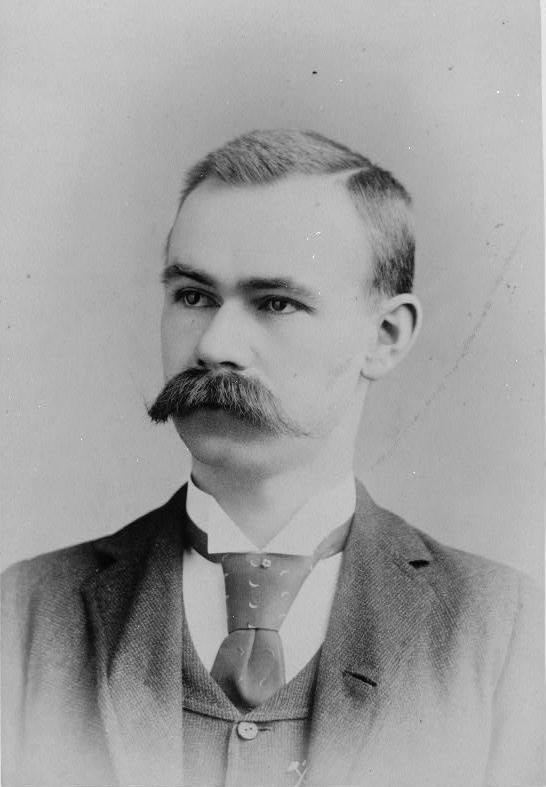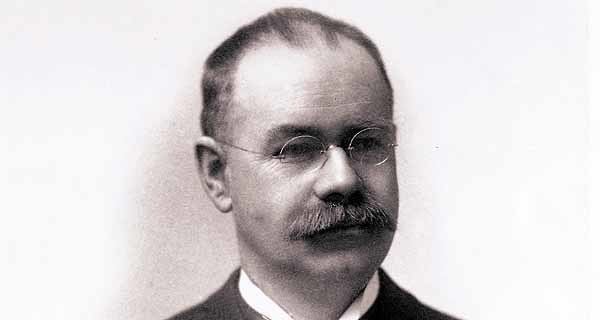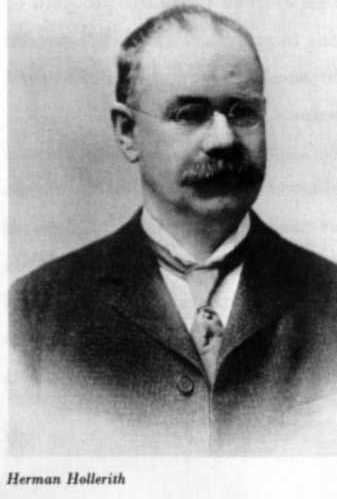Occupation inventor, businessman Name Herman Hollerith | Role Inventor | |
 | ||
Children Lucia Beverley (1891–1982)Herman (1892–1976)Charles (1893–1972)Nannie Talcott (1898–1985)Richard (1900–1967)Virginia (1902–1994) Awards Elliott Cresson Medal (1890)World's Columbian Exposition, Bronze Medal (1892)National Inventors Hall of Fame (1990)Medaille d'Or, Exposition Universelle de 1889 Died November 17, 1929, Washington, D.C., United States Spouse Beverley Talcott (m. 1890–1929) Parents George Brunn Hollerith, Franciska Brunn Hollerith Similar People Charles Babbage, Joseph Marie Jacquard, Howard H Aiken, Ada Lovelace, Blaise Pascal | ||
hd gek 1536 biography of herman hollerith
Herman Hollerith (February 29, 1860 – November 17, 1929) was an American inventor who developed an electromechanical punched card tabulator to assist in summarizing information and, later, accounting. He was the founder of the Tabulating Machine Company that was amalgamated (via stock acquisition) in 1911 with three other companies to form a fifth company, the Computing-Tabulating-Recording Company later renamed IBM. Hollerith is regarded as one of the seminal figures in the development of data processing. His invention of the punched card tabulating machine marks the beginning of the era of semiautomatic data processing systems, and his concept dominated that landscape for nearly a century.
Contents
- hd gek 1536 biography of herman hollerith
- Ibm comedy 1970 bob newhart a call from herman hollerith
- Personal life
- Electromechanical tabulation of data
- Inventions and businesses
- Death and legacy
- References

Ibm comedy 1970 bob newhart a call from herman hollerith
Personal life

Herman Hollerith was born the son of German immigrant Prof. Georg Hollerith from Großfischlingen (near Neustadt an der Weinstraße) in Buffalo, New York, where he spent his early childhood. He entered the City College of New York in 1875, graduated from the Columbia University School of Mines with an "Engineer of Mines" degree in 1879 at age 19, and in 1890 asked for (and was awarded) a Ph.D based on his development of the tabulating system. In 1882 Hollerith joined the Massachusetts Institute of Technology where he taught mechanical engineering and conducted his first experiments with punched cards. He eventually moved to Washington, D.C., living in Georgetown, with a home on 29th Street and a business building at 31st Street and the C&O Canal, where today there is a commemorative plaque installed by IBM. He died in Washington D.C. of a heart attack.
Electromechanical tabulation of data

At the urging of John Shaw Billings, Hollerith developed a mechanism using electrical connections to increment a counter, recording information. A key idea was that a datum could be recorded by the presence or absence of a hole at a specific location on a card. For example, if a specific hole location indicates marital status, then a hole there can indicate married while not having a hole indicates single. Hollerith determined that data in specified locations on a card, the now-familiar rows and columns, could be counted or sorted electromechanically. A description of this system, An Electric Tabulating System (1889), was submitted by Hollerith to Columbia University as his doctoral thesis, and is reprinted in Randell's book. On January 8, 1889, Hollerith was issued U.S. Patent 395,782, claim 2 of which reads:

The herein-described method of compiling statistics, which consists in recording separate statistical items pertaining to the individual by holes or combinations of holes punched in sheets of electrically non-conducting material, and bearing a specific relation to each other and to a standard, and then counting or tallying such statistical items separately or in combination by means of mechanical counters operated by electro-magnets the circuits through which are controlled by the perforated sheets, substantially as and for the purpose set forth.
Inventions and businesses

Hollerith had left teaching and begun working for the United States Census Bureau in the year he filed his first patent application. Titled "Art of Compiling Statistics", it was filed on September 23, 1884; U.S. Patent 395,782 was granted on January 8, 1889.
Hollerith initially did business under his own name, as The Hollerith Electric Tabulating System, specializing in punched card data processing equipment. He provided tabulators and other machines under contract for the Census Office, which used them for the 1890 census. The net effect of the many changes from the 1880 census: the larger population, the data items to be collected, the Census Bureau headcount, the scheduled publications, and the use of Hollerith's electromechanical tabulators, was to reduce the time required to process the census from eight years for the 1880 census to six years for the 1890 census.
In 1896 Hollerith founded the Tabulating Machine Company (in 1905 renamed The Tabulating Machine Company). Many major census bureaus around the world leased his equipment and purchased his cards, as did major insurance companies. Hollerith's machines were used for censuses in England, Italy, Germany, Russia, Austria, Canada, France, Norway, Puerto Rico, Cuba, and the Philippines, and again in the 1900 census.
He invented the first automatic card-feed mechanism and the first keypunch. The 1890 Tabulator was hardwired to operate on 1890 Census cards. A control panel in his 1906 Type I Tabulator simplified rewiring for different jobs. The 1920s removable control panel supported prewiring and near instant job changing. These inventions were among the foundations of the data processing industry and Hollerith's punched cards (later used for computer input/output) continued in use for almost a century.
In 1911 four corporations, including Hollerith's firm, were amalgamated to form a fifth company, the Computing-Tabulating-Recording Company (CTR). Under the presidency of Thomas J. Watson, CTR was renamed International Business Machines Corporation (IBM) in 1924. By 1933 The Tabulating Machine Company name had disappeared as subsidiary companies were subsumed by IBM.
Death and legacy
Hollerith is buried at Oak Hill Cemetery in the Georgetown neighborhood of Washington, D.C.
Hollerith cards were named after the elder Herman Hollerith, as were Hollerith constants (also sometimes called Hollerith strings), an early type of string constant declaration (in computer programming).
His great-grandson, the Rt. Rev. Herman Hollerith IV is the Episcopal bishop of the Diocese of Southern Virginia, and another great-grandson, Randolph Marshall Hollerith, is an Episcopal priest and the dean of Washington National Cathedral in Washington D.C..
